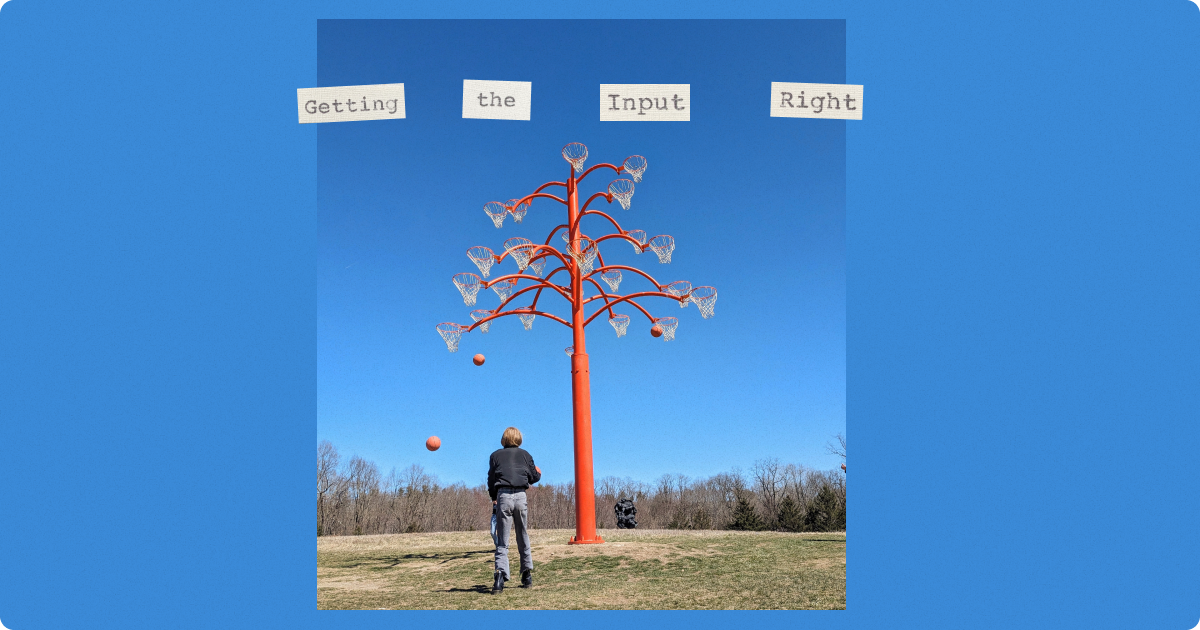Getting the Input Right
It’s not just how hard you push. It’s why and how.
Newton’s second law (F = ma) tells us that force equals mass times acceleration. Push something, and it moves. Push harder, and it moves faster. That simple idea shaped how we think about progress and, to a large extent, how we’ve been taught to work.
During the industrial era, that logic scaled. Inputs like hours worked or tasks completed produced measurable outputs. Machines made it easy to believe that more input equals more results.
But people aren’t conveyor belts. Our energy and attention shift. What works one day might fall flat the next—-and what didn’t work yesterday might land today.
In physics, output depends on the force applied. In humans, it depends on the state we’re in.
When I feel stuck, it’s rarely because I’m doing too little. It’s usually because I haven’t matched my effort to the moment. Once I tune into what’s really going on, I can choose what fits.
When my thoughts are loud, I write. When my focus is flat, I explore. When my body’s restless, I move. When I need a spark, I connect.
The smartest move usually isn’t more force. It’s better aim.
Try this:
- Take stock of your energy and name it.
- Then choose a move that meets you where you are, rather than pushing past it.

